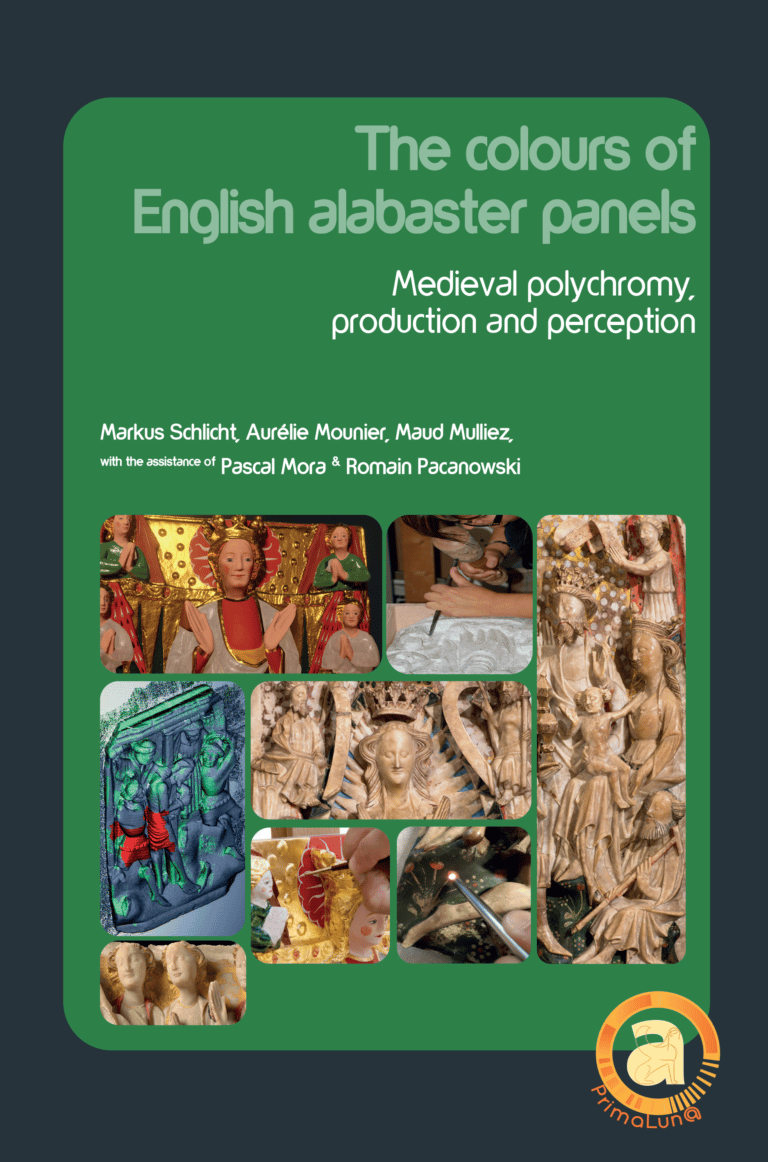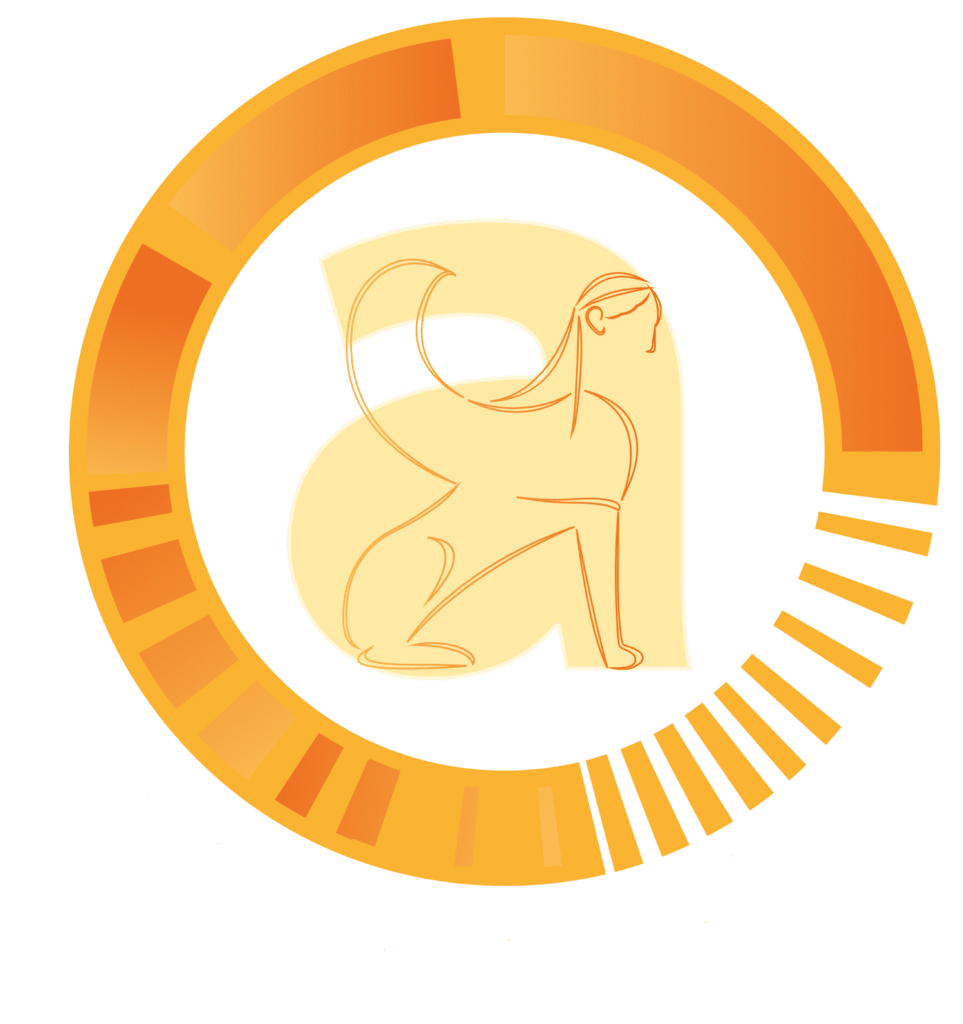The research presented here was carried out between 2017 and 2020 as part of the interdisciplinary programme “Polychromy, pigments, perception: late medieval English alabasters preserved in Aquitaine”, funded by the Laboratory of Excellence Archaeological Sciences of Bordeaux (ANR-10-LabX-52).
The study has benefited from the support and contributions of numerous colleagues and institutions. It was encouraged and supported by the Direction régionale des affaires culturelles of Nouvelle-Aquitaine, in particular by Muriel Mauriac-Le Héron and Florie Alard. We would also like to thank them for facilitating contacts with the various owners and institutions holding alabaster panels in the Nouvelle-Aquitaine region.
Many results would not have been possible without the unfailing support of the Musée d’Aquitaine. We would like to warmly thank Laurent Védrine, the director, Christian Block, curator in charge of the medieval collections, and Isabelle Hoarau, who went well beyond the scope of her role as manager of the collections to help us. The museum’s sculptor, Amandine Bély, enthusiastically agreed to the idea of carving an alabaster facsimile of a panel in the museum, the Assumption of the Virgin. Without her wonderful contribution, the content of this book would have been much poorer.
We are also very grateful to the staff of the Musée des Beaux Arts of Libourne. Thierry Saumier, its former director, placed his trust in us, allowing us to examine the panels in his collection on many occasions. He also took the initiative of having them restored, which provided us with the best conditions for our research. Caroline Fillon, who succeeded him, showed the same interest in our work and Estelle Moulineau, the museum collections manager, was always available to respond competently to all our requests.
This study owes a great deal to the support of the Bordeaux City Council. Lilian Saly (Deputy General Director of Cultural Affairs), Patrick Della Libera (in charge of the cultural heritage of the city) and Julie Guiroy (in charge of cultural mediation) granted us the necessary authorisations and facilitated our study of the panels of the altarpiece of Saint Michel in all respects. Many thanks also to Father Bruno Tantini, former parish priest of the paroisse du Port, for his availability and his welcome to the Bordeaux basilica of Saint Michel. We also owe a great deal to the staff of the Gironde town halls and parishes, owners or guardians of English alabaster panels: François Laurenty (Castelnau de Médoc), Mrs. and Mr. Lestonnac (Lignan de Bordeaux), Mrs. Barrière (Cambes), the staff of the town halls of Génissac and Saint Caprais de Bordeaux, Jean-Clément Guez OP, former associate priest at the parishes of Saint Seurin and Saint Bruno of Bordeaux, Roland Dubois, sacristan of the cathedral of Bordeaux.
English medieval alabasters were sold throughout Europe. It therefore seemed necessary to us, with a view to making comparisons, not to limit our research exclusively to works preserved in Aquitaine. Colleagues and friends from several major museums have made an important contribution to our research. This is particularly true of Damien Berné, curator at the Musée national du Moyen Âge, Pierre-Yves Le Pogam and Florian Meunier, respectively chief curator and curator at the Musée du Louvre, Charlotte Riou, curator at the Musée des Augustins in Toulouse, Nicolas Hatot, curator at the Musée départemental de la Seine Maritime in Rouen, and Lise Leroux, research engineer at the Laboratoire de recherche des monuments historiques; all of them have shared with us their perfect knowledge of these works and provided us with valuable information. We would also like to thank Marie-Claire Lebourgeois and Eric Edouin for their warm welcome to Saint Nicolas du Bosc in Normandy.
We benefited from a large number of photographs, and for generously sharing them with us we would like to thank Véronique Merlin-Anglade and Francis Couturas (Museum of Art and Archaeology, Périgueux) , Laetitia Barragué-Zouita (formerly Palais des Beaux Arts of Lille), Camille Broucke and Vincent Lecourt (Musée Dobrée of Nantes), Carole Decock (Musée de la Chartreuse of Douai), Henri Decaëns and Vincent Juhel (Société des Antiquaires de Normandie), Mark Evans (Leicester Arts & Museums Service), Joanne Dyer (British Museum), Dr. Uta Kuhl (Schleswig, Museum Schloss Gottorf), Adrian Gray MA (Camt; Nottingham Local History Association), Groenling as well as Antoine Galy, former parish priest of Saint Seurin of Bordeaux, and finally the staff of the town council of Coudray (Normandy).
For many tips and advice, we thank our colleagues Étienne Hamon, Jean-Marie Guillouët, Floréal Daniel, Pascal Durhis, Haude Morvan, Philippe Selosse, Yves Blomme, Andrzej Woziński, Gérald Fleury as well as Pierre-Marie Danquigny (Nouâtre).
Finally, we would like to thank Bruno Dutailly, François Daniel and the entire Archeovision team, as well as Florent Comte, for their involvement in this project.
The English version of this book would not have come into being without the help of Nathalie Jaëck and Moya Jones. Its publication was made possible thanks to the financial support of the University of Bordeaux Montaigne, its Ausonius and ArchéoSciences Research Institutes, the Federation of archaeological sciences of Bordeaux and the Archaeological sciences department of Bordeaux University. Many thanks to Sophie Krausz for having welcomed this volume into the Ausonius collections that she directed until recently, to Carole Baisson for producing the maps and to Stéphanie Vincent Guionneau (UN@) who, with her infectious enthusiasm, gave shape to this book.




